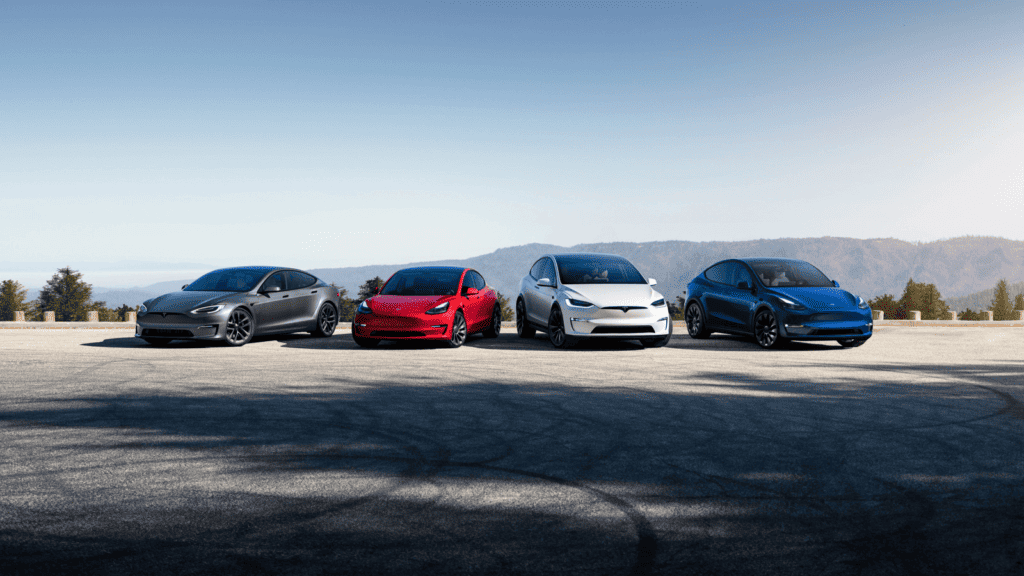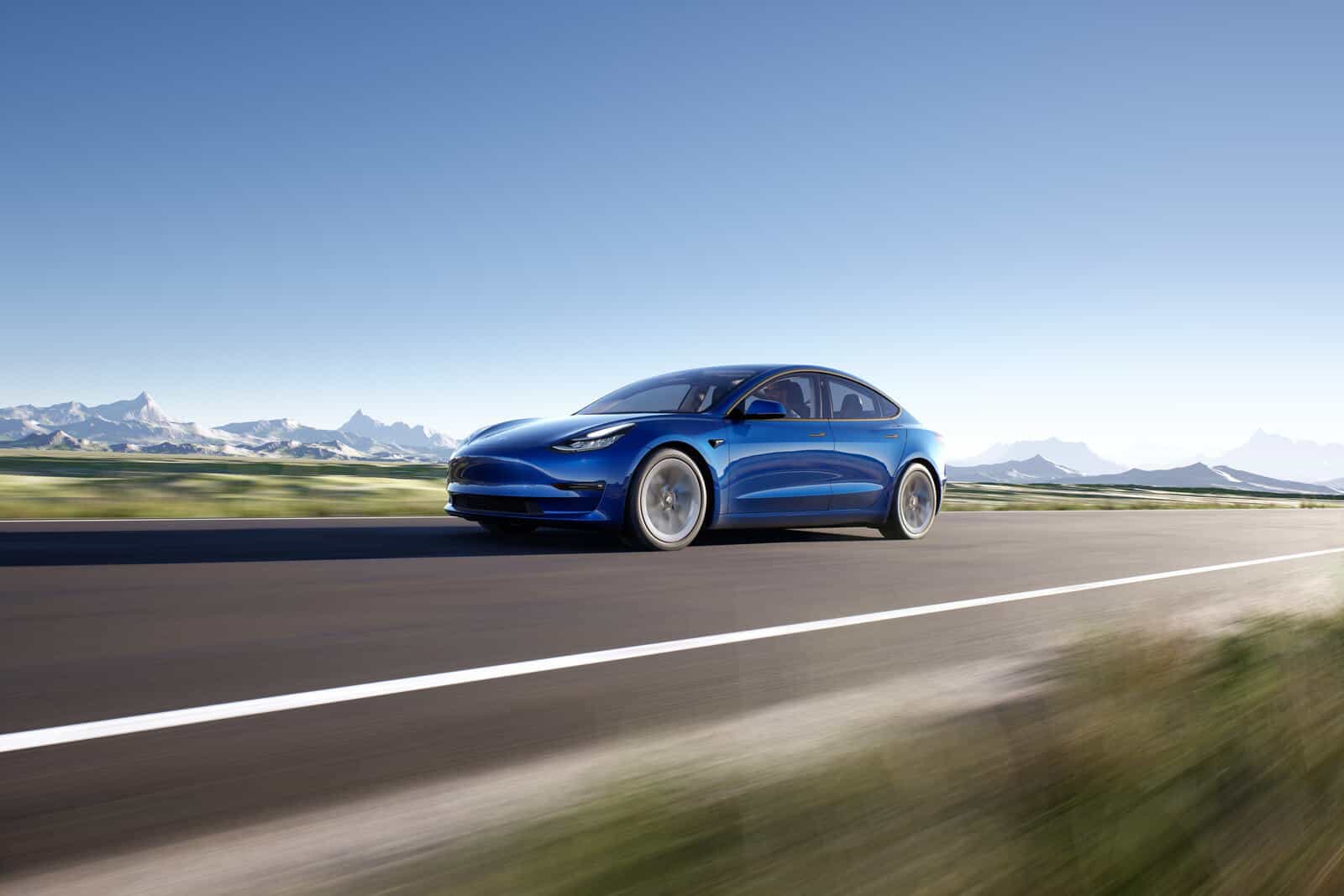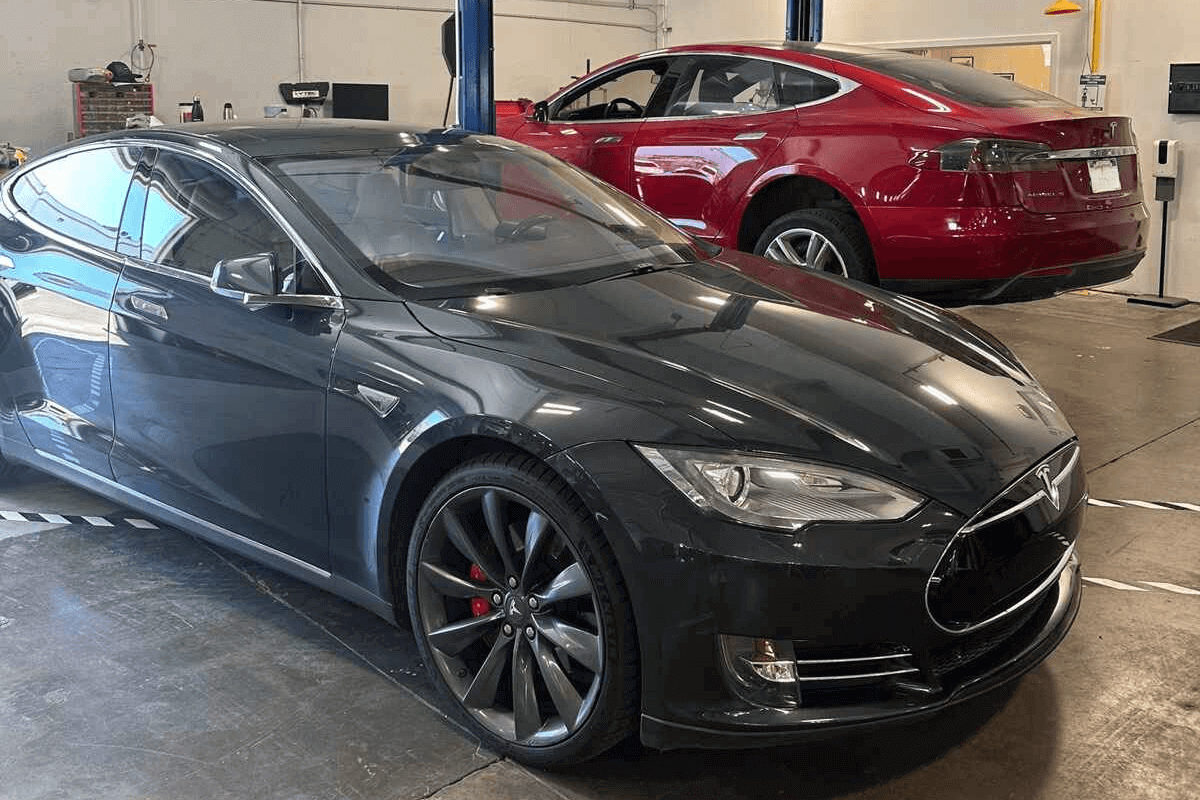
- Charging Routine: Charge your Tesla daily to around 90% to maximize battery life. Allowing the battery to discharge less than 10% is also harmful to the battery.
- Regenerative Braking: Using ‘Standard’ mode for regenerative braking maximizes energy recovery during deceleration.
- Battery Replacement Costs: Tesla battery replacement costs can range from $5,000 to $20,000, depending on various factors. Understanding these potential expenses is important for owners.
Maintaining the optimal performance, reliability, durability, safety, and resale value of your Tesla vehicle, including Tesla battery maintenance, is essential to ensure your electric driving experience remains seamless and trouble-free.
Unlike traditional gasoline-powered cars, Tesla vehicles present a unique set of maintenance requirements due to their electric propulsion systems.

Unlocking Peak Performance with Preventative Maintenance for Your Tesla
In this guide, we will outline Tesla’s preventative maintenance services and Tesla battery maintenance, offering a comprehensive overview of the recommended intervals for various essential checks and replacements. Whether you own a Model 3, Model Y, Model S, or Model X, staying informed about these maintenance tasks will not only enhance your vehicle’s longevity but also contribute to its eco-friendliness and overall cost-effectiveness.
Let’s dive into the specifics of Tesla’s maintenance schedule, helping you keep your electric journey on the road to success.
| Maintenance Service | Recommended Interval (Miles or Years) | Additional Notes |
| Cabin Air Filter | Model 3: 2 years Model Y: 2 years Model S: 3 years Model X: 3 years (2 years for 2012-2020 models) |
Replace cabin air filter as per model specifications. |
| HEPA Filter (if equipped) | 3 years | Replace every 3 years if your Tesla has a HEPA filter. |
| Tire Rotation, Balance, and Wheel Alignment | Every 6,250 miles or if tread depth difference is 2/32 inches or greater, whichever comes first | Aggressive driving may require more frequent tire service. Check the tire manufacturer’s documentation. |
| Brake Fluid Test | Every 4 years | May require more frequent checks for heavy brake usage or extreme conditions. |
| Air Conditioning Service | Model 3: Every 4 years (6 years for 2017-2021 without heat pump) Model Y: Every 4 years Model S: Every 3 years (2 years for 2012-2020) Model X: Every 3 years (4 years for 2012-2020) |
Adjust service frequency based on your specific Tesla model and production year. |
| Winter Care (Brake Calipers) | Every 12 months or 12,500 miles (for cold weather regions) | Recommended for vehicles in cold weather regions. |
Owning a Tesla is an exciting experience, but did you know that some simple yet detailed tips can help you extend your Tesla battery’s lifespan? Your Tesla’s battery is engineered to last, but a little extra care goes a long way. By following these detailed tips and guidelines, you can maximize your Tesla’s performance, efficiency, and longevity. Keep those batteries in prime condition, and enjoy the electric driving experience for years to come.

Set a Daily Charging Routine for Tesla Battery Maintenance
Consistency is key in maintaining your Tesla’s battery health. If you own a Model 3 rear wheel drive with LFP batteries, it’s important to note that they can, and should be charged to 100% occasionally. However, for your daily commutes, it’s recommended to aim for around 90% charge level. Charging to 100% on occasion is fine, but avoid leaving it at this level for extended periods. For overnight charging before a road trip, set your “start charge time” to achieve a full charge approximately 60 minutes before your departure. This practice will help ensure the longevity of your Tesla’s battery.
Harness Regenerative Braking
Regenerative braking is a game-changer in electric vehicles, recovering energy during deceleration and braking. To optimize this feature Tesla battery maintenance, set your regenerative braking to ‘Standard’ mode in your menu options. This ensures you maximize the energy recouped while slowing down, effectively increasing your range.
Slash Aerodynamic Drag for Tesla Battery Maintenance
Aerodynamics play a crucial role in electric vehicle efficiency and Tesla Battery Maintenance. To reduce aerodynamic drag, consider removing roof racks and cycle carriers when not in use. While it may seem like a minor effort, it can significantly improve your EV’s range. Additionally, fine-tune your air suspension level to ‘low’ or ‘very low’ settings to minimize drag. Tesla Model 3 owners can go the extra mile by opting for Aero wheels, specifically designed to enhance aerodynamics. Furthermore, keeping your windows closed minimizes air resistance, contributing to extending your Tesla’s battery life.

Don’t Push It to the Limit for Tesla Battery Maintenance
It’s tempting to push your Tesla to its limits, but doing so can lead to faster Tesla battery maintenance and degradation. Avoid completely depleting your battery or continually charging it to 100%. Finding a balance, where you typically stay within the 20% to 90% charge range, is essential for preserving your battery’s long-term health.
Frequent Charging is Your Friend
Make charging your Tesla a regular habit for Tesla battery maintenance. Charging every 2-3 days ensures your battery stays healthy and ready for action at any moment. Keeping your EV charged is a simple yet effective way to ensure your battery’s longevity.
Gentle Acceleration Wins
While Tesla’s acceleration is fun and exciting, excessive and aggressive driving can lead to faster battery wear. Practicing smooth and gradual acceleration not only conserves energy but also contributes to extending your Tesla’s battery life.

Tesla Software for Battery Maintenance and Care
Tesla’s commitment to battery health goes beyond hardware. They provide over-the-air updates that fine-tune your battery’s performance for Tesla battery maintenance. Keeping your software up to date is essential, as it can introduce new features, enhance efficiency, and ensure your battery operates optimally.
Extreme Temperatures Aren’t Cool for Tesla Battery Maintenance
Temperature extremes can significantly impact your Tesla battery maintenance and efficiency and lifespan. Avoid exposing your EV to extreme heat or cold for extended periods. Tesla recommends keeping your battery within the 20°F to 85°F temperature range for optimal performance. Investing in a garage or shaded parking spot can help protect your Tesla from temperature extremes.
Tire Pressure Matters
Don’t underestimate the importance of tire pressure for Tesla battery maintenance. Properly inflated tires improve overall efficiency and range. Regularly check and maintain the recommended tire pressure for your specific Tesla model. This seemingly minor step indirectly supports your battery’s performance.

Watch Your Acceleration
Your driving style matters for Tesla battery maintenance. Aggressive acceleration consumes more power and can contribute to faster battery wear. To conserve energy and reduce battery strain, practice a more gentle and controlled driving style.
Smart Charging at Home
Establish a smart charging routine at home. Plug in your Tesla every evening to ensure your battery is ready for the day ahead. Aim for ‘Daily’ range charging, which typically lands around 90% charge, for balanced performance. Save those full charges for longer trips when needed.
Scheduled Departure Feature
If your Tesla has the Scheduled Departure feature, take full advantage of it. Set a specific charging time before your planned drive. This ensures your battery is adequately charged and ready without sitting at a high charge level for an extended period.

Tesla’s Battery Improvement
Tesla has continuously improved its battery technology. In 2020, Tesla introduced the groundbreaking 4680 battery pack, which can store five times the energy of previous generations. Thanks to its denser design and improved chemistry, it not only offers more range but is also cheaper to produce. As of 2023, the 4680 pack is produced in Fremont, California, and is available in some Model Y cars built in Texas, where Tesla’s headquarters are located. Additionally, Tesla plans to produce these batteries in Nevada, marking a significant leap in battery technology that promises longer-lasting and more efficient Tesla batteries.
In real-world tests, Tesla batteries have shown remarkable durability, with minimal degradation over time. Even after extensive use, the batteries maintained their capacity and range, providing peace of mind to Tesla owners.

Battery Replacement Considerations
A significant concern for prospective Tesla owners is the potential need for Tesla battery maintenance and replacement. EV battery replacement costs can vary widely, ranging from $5,000 to $20,000 depending on factors such as how the EV was charged, driving environments, and more. In 2019, Elon Musk estimated battery replacement costs at $5,000 to $10,000. While Tesla’s battery packs are designed to outlast the vehicle, understanding the potential future expense of battery replacement and taking proactive steps to maximize your battery’s life can help keep ownership costs in check.
Remember, maintaining your Tesla’s battery is like giving your ride the VIP treatment it deserves for Tesla battery maintenance. At Earthling Automotive, your trusted hybrid and EV repair shop, our experts are here to ensure your electric and hybrid vehicles stay in prime condition. Drive worry-free and eco-friendly. Schedule your service today and join the Earthling Automotive family for a greener tomorrow!
IMAGES: TESLA
AUTHOR: RANDI BENTIA
